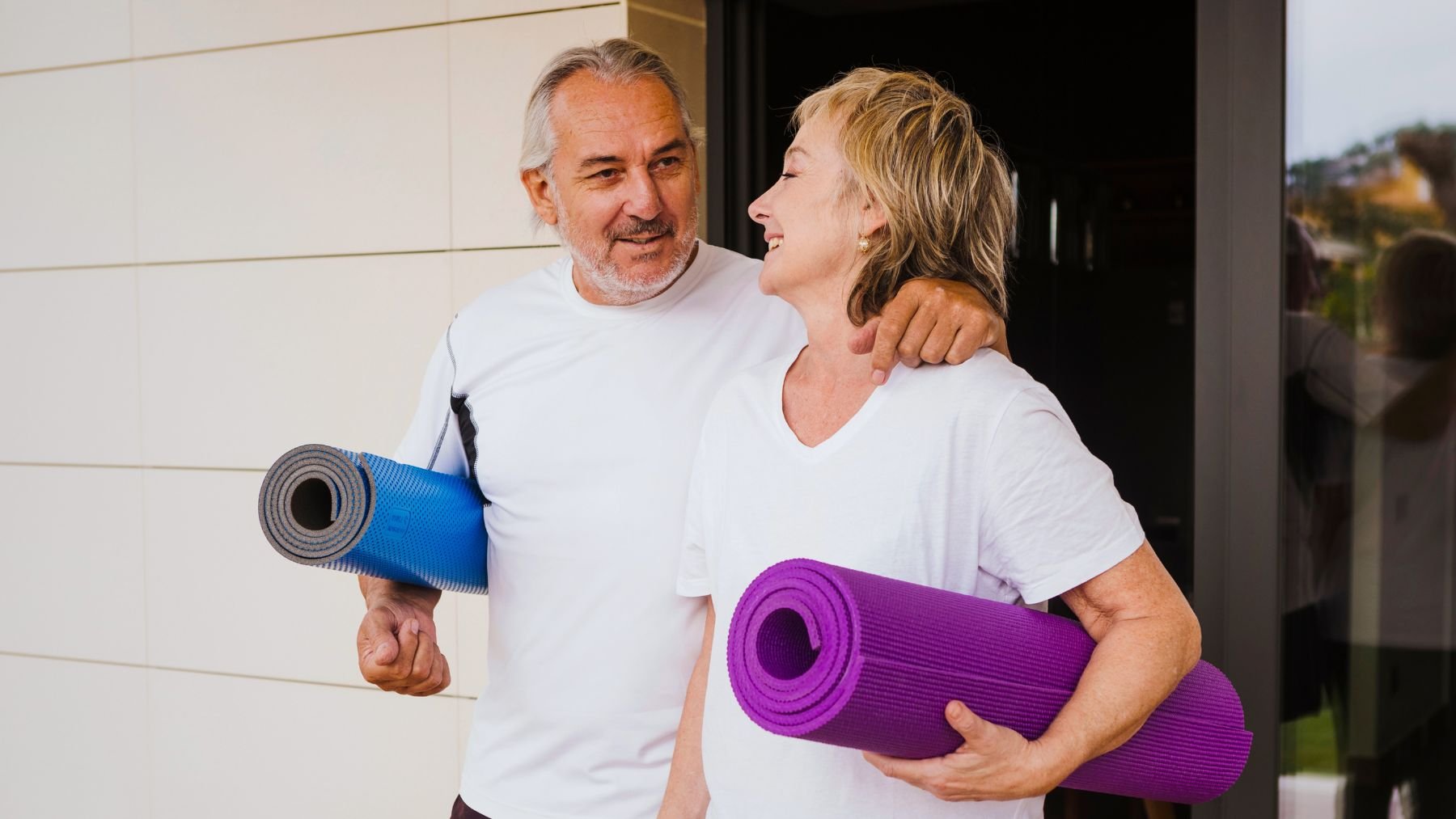Research conducted at Boston University and other institutions highlights how trading running for a bicycle ride can deliver significant advantages for those over 65. Cycling is a low-impact activity that minimizes joint stress while providing a robust cardiovascular workout.
Here, we’ll explore why cycling can be a great choice for older adults and break down its key benefits. At the end, we’ll also provide some recommendations for getting started, even if you have not pedaled in decades. Let’s get started.
Why cycling tops running for seniors over 65
When you reach your mid-60s and beyond, joint pain, osteoarthritis, and the risk of falls become pressing concerns. Running, with its repetitive high-impact foot strikes, can place extended stress on the knees, hips, and ankles. In contrast, cycling delivers an effective workout with far less impact. Let’s go over its main advantages.
Gentle on joints, strong on cardio
Pedaling on a bicycle raises your heart rate gradually, offering a cardio session with minimal wear and tear on cartilage and ligaments. Besides promoting better blood flow and oxygen delivery to muscles, it also reduces the risk of chronic conditions such as hypertension. This balanced approach to exercise keeps your heart healthy while preserving joint integrity.
Better balance and fall prevention
Regular cycling helps improve balance and coordination, a crucial factor for seniors prone to falls. Even one hour of cycling per week can significantly enhance proprioception, core strength, and motor control, reducing the risk of falls. Improved coordination from ongoing cycling routines develops confidence during everyday activities such as walking or climbing stairs. Furthermore, a better balance is correlated with fewer hospital visits and a lower incidence of injury.
Muscle strength and mobility
Cycling engages multiple muscle groups in a smooth, controlled motion. It effectively exercises the quadriceps, hamstrings, glutes, and calves, contributing to leg strength and maintaining joint flexibility. Strengthened muscles support better posture and make everyday tasks more effortless.
Mood lift and mental health
Exercising outdoors on a bicycle offers considerable mental and emotional benefits, too. Cycling boosts the production of endorphins, natural chemicals that elevate mood while reducing stress hormones. Studies from the American Psychological Association suggest that moderate aerobic exercise, including cycling, is associated with better memory retention and may even slow cognitive decline. An atmosphere of fresh air, scenic routes, and rhythmic movement can help alleviate symptoms of anxiety and depression.
Social connection and independence
Group rides or tandem biking introduce a communal aspect that can combat social isolation. Whether you join local cycling clubs or enjoy casual outings with friends, cycling offers many social benefits, from building lasting friendships to strengthening community bonds. It also expands your travel range, enabling you to visit parks, local markets, or cafés without relying on cars or public transportation.
Getting started with senior-friendly cycling
Begin by choosing a bike that suits your needs. Many seniors prefer models with three wheels or low-step designs with backrests for extra stability. Opt for bikes with easy-to-reach brakes, adjustable seats, and ergonomically designed handlebars. Next, select safe routes for cycling. Experts recommend protected bike lanes, designated on-site loops in senior communities, and trails with smooth surfaces and clear-edge markings.
If it’s been a while, consider enrolling in a refresher course to rebuild your pedaling skills. Many community centers in the US offer cycling workshops tailored specifically for older adults. Riding with a buddy or joining a group ride not only maximizes safety but also makes it a fun and social experience.

